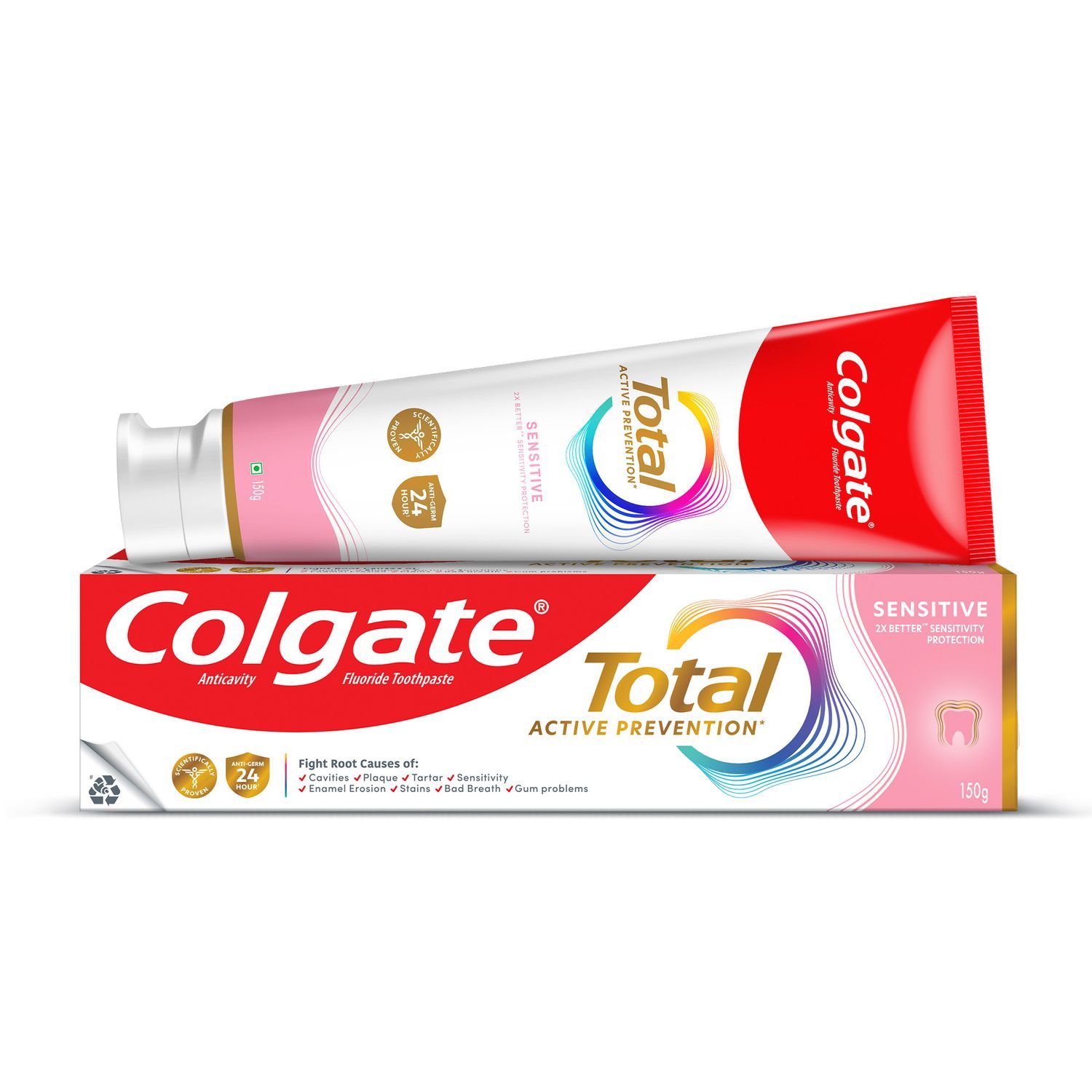-
-

TEETH WHITENING
What Is Stannous Fluoride Toothpaste?Stannous fluoride toothpaste helps prevent cavities, reduce sensitivity, fight plaque, and support daily gum and enamel health.

Selecting Dental Products
Best Toothpaste in India: Five Dentist-Recommended TypesToothpastes today are formulated to meet your every dental need and come in many flavours. Have your dental professional suggest the best toothpaste in India.
-
Science & Innovation
- ORAL HEALTH CHECK
- PRODUCT MATCH
- Colgate® | Toothpaste, Toothbrushes & Oral Care Resources
- Oral Health
- Cleft Lip/Palate
- Cleft Lip Surgery And it's Benefits


All expecting parents hope and pray for a perfectly healthy child, and lingering "what ifs?" certainly weigh on the minds of many. Birth defects range from mild to severe or even life threatening levels, but one of the most common birth defects is a cleft lip. If your child is born with one, your doctor will inform you of the steps involved within and after cleft lip surgery.
What is cleft lip?
A cleft lip is a split that occurs in the upper lip resulting from a failure of facial and mouth tissues to fuse completely before the child is born. This typically occurs in either the second or third month of pregnancy. This may be visible on an ultrasound and will be immediately recognizable to the delivery doctor.
Cleft lip is fairly easy to fix through a series of surgeries that leave minimal scarring, and the condition needs to be surgically repaired for several reasons: A child's tooth and speech development can be affected if the cleft runs through the upper gum. Additionally, young children will possibly deal with behavioral, emotional and social problems due to their differing appearances from their peers and the medical care required for the cleft.
The procedure & repair
Before any cleft lip surgery, your doctor will perform a consultation with you and ask several questions, including whether there is a family history of clefts and whether your child struggles during feedings because of the cleft. The typical age for cleft lip repair is during the first 12 months of your child's life. The initial surgery will take place in a hospital and your child will be given a general anesthetic. During the surgery, the doctor creates tissue flaps by making incisions on both sides of the cleft. Those flaps are stitched together, resulting in a more natural lip in terms of function, structure and appearance.
After surgery
A child's life will improve in multiple ways after cleft lip repair surgery and his or her self-esteem will not suffer as they enter school, and they will not feel like an outcast for being different from other children. They will also be able to speak, breathe and eat better than they could before the surgery.
Cleaning and care
For three to four weeks, no pressure should be placed on the wound and it should be cleaned with soap and water. The medical staff can also supply you with a special cleaning solution and a healing ointment to apply. Your child will also need to be on a liquids-only diet until the wound has completely healed. According to the National Health Portal, fruits and vegetables are high in fiber and water content, so they wash away food and debris from the mouth and helping to keep it clean. Once your child starts to sprout teeth, help them develop good oral habits to keep those teeth clean and healthy.
This article is intended to promote understanding of and knowledge about general oral health topics. It is not intended to be a substitute for professional advice, diagnosis or treatment. Always seek the advice of your dentist or other qualified healthcare provider with any questions you may have regarding a medical condition or treatment.
ORAL HEALTH QUIZ
What's behind your smile?
Take our Oral Health assessment to get the most from your oral care routine
2.3 billion
people worldwide suffer from tooth decay
ORAL HEALTH QUIZ
What's behind your smile?
Take our Oral Health assessment to get the most from your oral care routine
2.3 billion
people worldwide suffer from tooth decay
Related Articles

Dental emergencies and sports safety
Instant Relief from Tooth Pain: Essential TipsDiscover straightforward remedies on how to relief from tooth pain. Learn essential techniques to alleviate tooth pain and restore comfort effortlessly.

Adult Oral Care
Dental Health Care: What Is It & What Does It Mean to You?What exactly is dental health care, and what does it mean to you? Visit Colgate now and learn the main aspect of dental health care and why it's important.

Adult Oral Care
Coated Tongue: Symptoms, Causes, and TreatmentA coated tongue may be harmless. Learn what may be the cause and when you should see your dentist for an evaluation, here.
Related Products

Helping dental professionals
More professionals across the world trust Colgate. Find resources, products, and information to give your patients a healthier future







